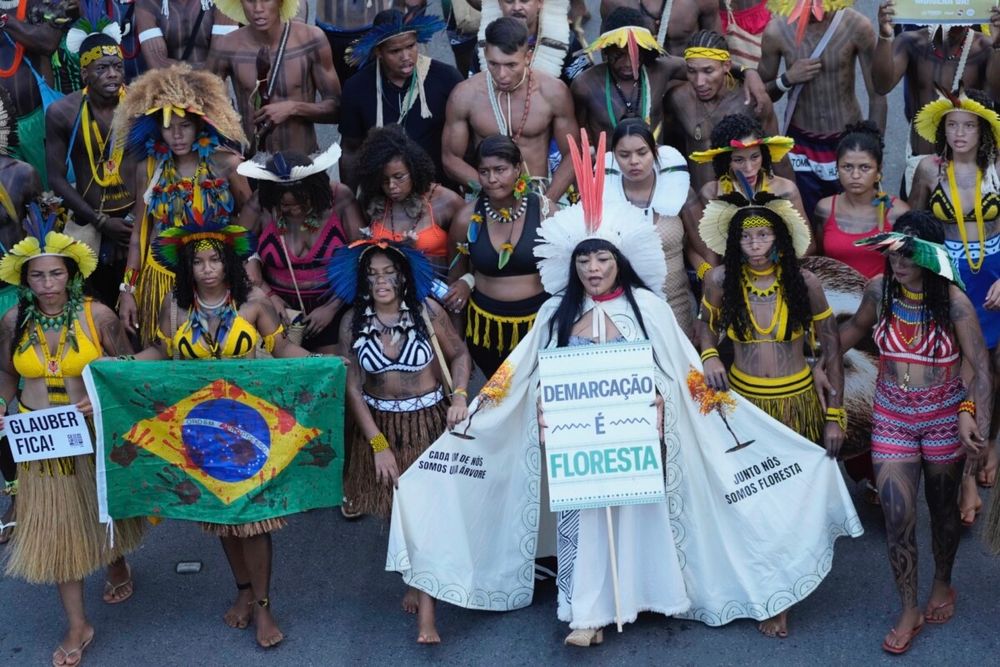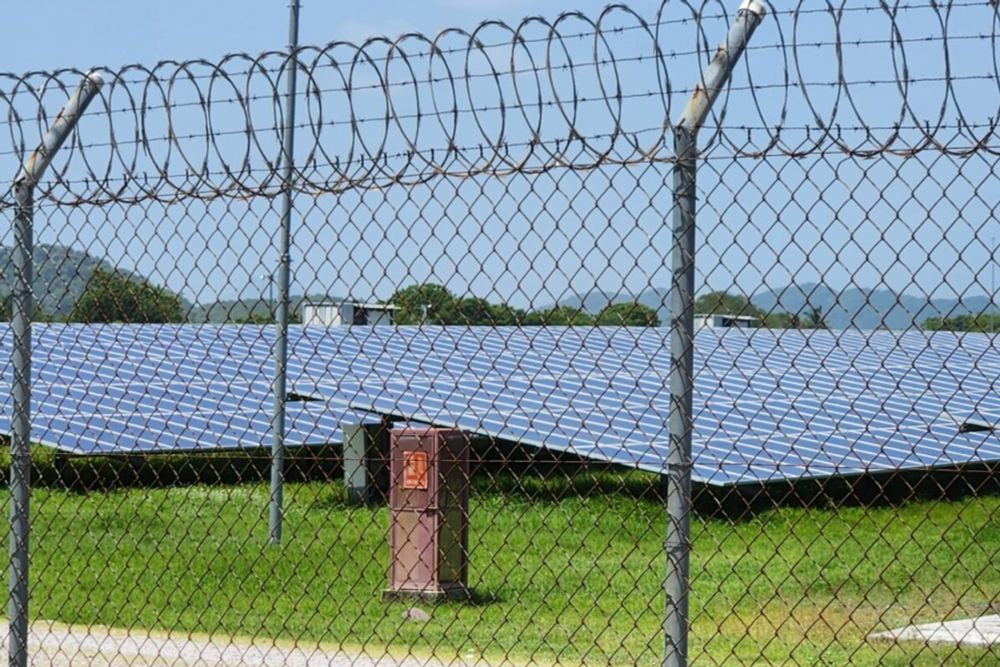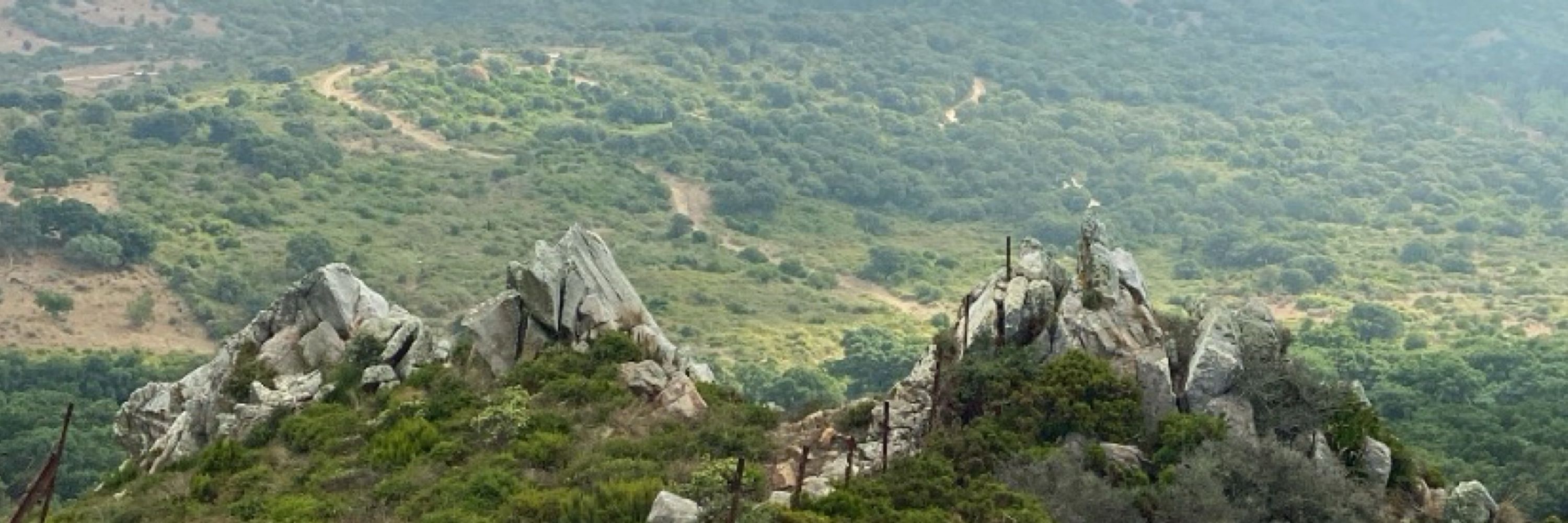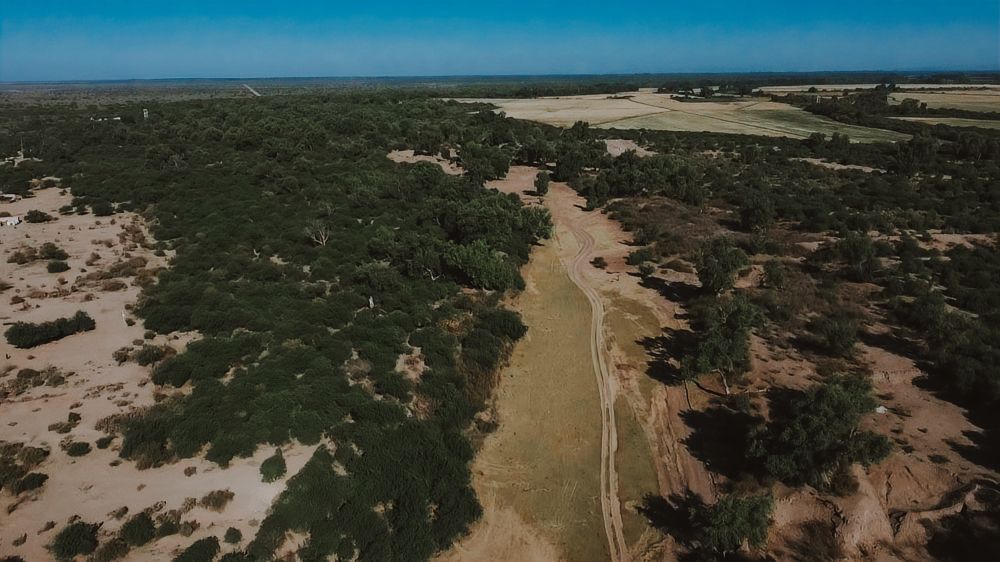Aimee Gabay
@aimeegabay.bsky.social
370 followers
62 following
65 posts
I write about the environment and communities for Mongabay // Words in the Guardian, Al Jazeera, New Scientist, Grist & Live Science.
Posts
Media
Videos
Starter Packs
Aimee Gabay
@aimeegabay.bsky.social
· Sep 6

The making of an autonomous Indigenous nation in Peru’s Amazon
In 2015, leaders of the Wampís did what no other Indigenous peoples have done in Peru’s modern history: They declared themselves an autonomous nation to gain greater control over their territory. For ...
news.mongabay.com
Reposted by Aimee Gabay
Erik Hoffner
@erikhoffner.bsky.social
· Aug 9

Indigenous alliance unveils Brazil’s first Native-led emissions strategy
Brazil’s largest Indigenous organization has launched the country’s first Native-led strategy to cut greenhouse gas emissions, ahead of International Day of the World’s Indigenous Peoples on Aug. 9. T...
news.mongabay.com
Reposted by Aimee Gabay
Institute for Policy Studies
@ips-dc.org
· Jul 24

Mounting corporate pressure on Honduras threatens community rights
Honduras is currently facing a total of $19.4 billion in lawsuits from corporations, an amount equivalent to roughly 53% of the country’s GDP in 2024, according to new data by the Institute for Policy...
news.mongabay.com
Aimee Gabay
@aimeegabay.bsky.social
· Jul 23

In Latin America, energy transition stirs a rise in human rights lawsuits
A new report by the Business & Human Rights Resource Centre (BHRRC) finds that more than half of the 95 legal cases initiated around the world since 2009 by those impacted by the energy transition wer...
news.mongabay.com
Aimee Gabay
@aimeegabay.bsky.social
· Jun 13

As drought parches Mexico, a Yaqui water defender fights for a sacred river
YAQUI VALLEY, Mexico — On Sept. 11, 2014, Mario Luna Romero was arrested by state judicial police in Obregón, a city on the periphery of his tribe’s territory in Sonora, and transported to a maximum-s...
news.mongabay.com
Aimee Gabay
@aimeegabay.bsky.social
· May 17

Bolivia expels members of fake nation Kailasa over Indigenous land lease scandal
The United States of Kailasa maintains that it is a real nation. With this title, over the last three years, they have traveled to different countries in South America to look for productive lands whe...
news.mongabay.com
Aimee Gabay
@aimeegabay.bsky.social
· Apr 21

Still no trial over Argentina cyanide mine spill, 7 years after officials were charged
This is the first of a three-part series on underreported issues involving Canadian mining companies and Indigenous peoples or local communities. Read part two here. Seven years after an environmental...
news.mongabay.com
Reposted by Aimee Gabay
Mongabay
@mongabay.com
· Apr 14

Indigenous aguaje tree climbers bring down profits in Peru’s Amazon — sustainably
The large leaves of the aguaje, a tropical palm tree that grows in the peatlands and other seasonal wetland areas in tropical South America, form a rounded crown on its head from which its…
news.mongabay.com
Aimee Gabay
@aimeegabay.bsky.social
· Apr 11

Indigenous aguaje tree climbers bring down profits in Peru’s Amazon — sustainably
The large leaves of the aguaje, a tropical palm tree that grows in the peatlands and other seasonal wetland areas in tropical South America, form a rounded crown on its head from which its oval-shaped...
news.mongabay.com
Aimee Gabay
@aimeegabay.bsky.social
· Apr 11
Aimee Gabay
@aimeegabay.bsky.social
· Apr 11
Aimee Gabay
@aimeegabay.bsky.social
· Apr 11
Reposted by Aimee Gabay
Mongabay
@mongabay.com
· Apr 10

What pushes Indigenous Munduruku people to mine their land in Brazil’s Amazon?
This is part three of a series on the operation to evict illegal gold miners from the Munduruku Indigenous Territory. Read part one here and part two here. Part four and five are coming soon.…
news.mongabay.com
Aimee Gabay
@aimeegabay.bsky.social
· Apr 9

What pushes Indigenous Munduruku people to mine their land in Brazil’s Amazon?
This is part three of a series on the operation to evict illegal gold miners from the Munduruku Indigenous Territory. Read part one here and part two here. Part four and five are coming soon. Indigeno...
news.mongabay.com
Aimee Gabay
@aimeegabay.bsky.social
· Mar 26

Drowned lands and poisoned waters threaten Peru’s campesinos and their livestock
Ever since the Upamayo Dam on Peru’s Lake Chinchaycocha was built in 1932, floods have become a frequent occurrence in the area for several months a year. From January to May, entire homes and pasture...
news.mongabay.com
Aimee Gabay
@aimeegabay.bsky.social
· Mar 20

Planned port project threatens protected Amazonian mangrove biodiversity and local livelihoods
Along the Amazonian coastline in Brazil’s northeastern state of Maranhão, plans are underway for a port project that will cover part of an important Ramsar wetland that connects to a vast area of mang...
news.mongabay.com
Aimee Gabay
@aimeegabay.bsky.social
· Mar 18

Officials share strategies to stop spread of illegal miners from Munduruku land
This is part two of a series on the operation to evict illegal gold miners from the Munduruku Indigenous Territory. Read part one here. Part three, four and five are coming soon. Residents and officia...
news.mongabay.com











